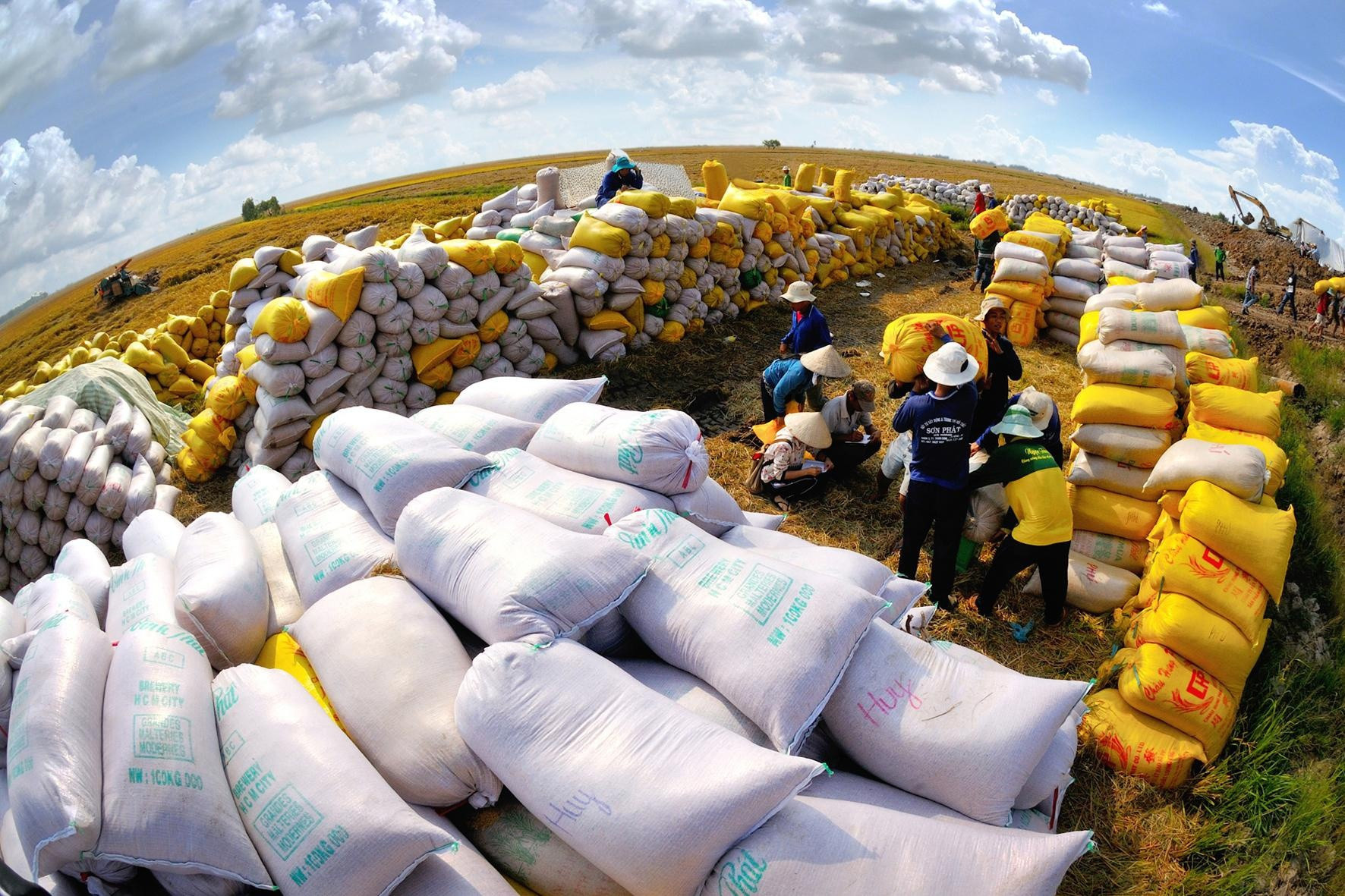Vietnamese rice exports to China fall because of stricter requirements
Currently, only 22 Vietnamese enterprises are licensed to export rice to China with a certain quota.
As the world’s most populous country, China has to import about 5 million tons of rice a year to meet domestic consumption, with 90% of it ordinary rice.
Vietnam is one of the three largest rice producing and exporting countries in the world. Each year, the country produces 22-23 million tons of rice. About 15% of Vietnam’s rice production is exported.
However, Vietnam’s rice importers have changed. In 2012, China was the largest market for Vietnamese rice, with a turnover of US$898 million, accounting for 27.5% of Vietnam’s total rice export value.
The export turnover of Vietnamese rice to China in the 2012-2016 period remained relatively stable. In 2017, rice exports to this market increased dramatically, reaching $1.026 billion, accounting for nearly 40% of the total value of Vietnam’s rice exports.
But soon after, Vietnam’s rice export turnover to the Chinese market suddenly plummeted, reaching only about $640 million in 2018. However, China was still the largest importer of Vietnamese rice.
In 2019, rice export turnover to China decreased to $240.3 million. Vietnamese rice almost lost its strong market share in China. Notably, China fell from Vietnam’s No. 1 rice export market position to No. 3, after the Philippines ($884 million) and Ivory Coast ($252 million).
The reason for this situation is largely because China has applied many barriers that affect rice imports from Vietnam such as increasing the import tax on glutinous rice from 5% to 50% and strictly controlling the import of broken rice. The market also has significantly changed regulations on rice imports, including taxes, and strictly controls exports through unofficial channels.
After the sharpest decline in the history of rice exports to China, in 2020-2021, Vietnam’s rice export turnover to China gradually recovered, at $463 million and $522 million, respectively. In the first 10 months of 2022, rice export turnover to China was $382.6 million.
In the structure of the Vietnamese rice import market in the first 10 months of 2020, exports to China only accounted for nearly 13%, meaning that the market share of Vietnamese rice in China is increasingly shrinking.
Big market cannot be ignored
In a recent forum connecting supply and demand of the rice industry, Mr. Le Thanh Hoa, Deputy Director of the Department of Agricultural Product Processing and Market Development, said that Vietnamese businesses need to pay special attention to China.
In recent years, China has made many major changes in import requirements such as plant quarantine, packaging regulations, labels, traceability, and growing area codes.
Currently, only 22 Vietnamese enterprises are licensed to export rice to China with a certain quota. Chinese customs can trace the output and limit of each licensed enterprise.
Vietnam has proposed that China license more Vietnamese firms to export plain rice, fragrant rice and sticky rice, Mr. Hoa said.
Experts said that in order to export more rice to China, Vietnamese enterprises have to learn about demands of Chinese customers and regularly update their information on the Chinese market.
Moreover, rice exporters need to promote the strengths of each group of rice products in different segments to conquer the Chinese market.
Vietnam’s rice export turnover in recent years reached more than $3-3.5 billion/year as exporters made efforts to find other markets, especially the Philippines and Africa.
To export rice to China, the US took 12 years of negotiations, and Cambodia also went through a long process to successfully enter this market.
Vietnam has the advantage of official rice exports, a close geographical distance to China, and lower transportation costs than other markets. This is a large market, and Vietnamese rice businesses should not ignore it.
Tam An
Source: https://vietnamnet.vn/en/vietnamese-rice-exports-to-china-fall-because-of-stricter-requirements-2110058.html


 English
English




